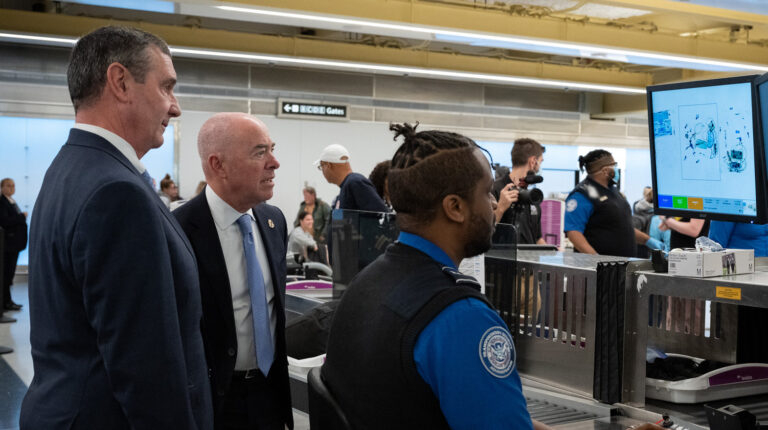Transportation security equipment is moving toward a concept of open architecture (OA).
OA is designed to improve the ability of screening systems to operate with each other and gives security agencies like the US Transportation Security Administration (TSA) the flexibility to easily add or upgrade components using consistent standards. OA allows TSA to combine technologies and system components from different vendors and platforms to create a superior transportation security system.
TSA has been supporting OA concepts since as far back as 2010 and is now leveraging its efforts to strengthen the agency’s partnerships with transportation leaders in the US and around the globe. The agency announced its OA Roadmap last summer to define its long-term strategy in this area. The roadmap outlines how TSA will prioritize agile and flexible technologies and notes that all future contracting efforts for TSA’s airport security screening solutions will require vendors to provide equipment or software that comes from a common software framework, is interoperable, can be easily upgraded and is resilient to emerging cybersecurity threats.
Several of the agency’s leadership and industry partners recently toured the TSA Systems Integration Facility (TSIF) in Arlington, Virginia, where they got an up-close look at some of the technology in the works and learned about the potential OA can bring to further advance transportation security.
Two members from the TSA’s requirements and capabilities analysis (RCA) team, Erick Rekstad and Justin Keear, led a demonstration at the TSIF. They showed how TSA can leverage OA to support a set of detection algorithms from original equipment manufacturers and third-party companies, common workstations, remote and cross-lane screening and image on alarm-only concepts.
Keear, lead engineer of the checkpoint automation initiative, called this a major milestone in proving the open architecture approach for TSA. “The demonstration was a significant achievement in advancing open architecture concepts,” said Keear. “It represents the first time we’ve been able to showcase the full potential to our stakeholders.”
During the demonstration, Rekstad and Keear incorporated multiple detection algorithms to help detect threats TSA officers might encounter at a screening checkpoint, including explosives and firearms. Representatives from industry partners Analogic, Integrated Defense & Security Solutions, Stratovan and TeleSecurity Sciences were on hand to support the demonstration and see firsthand how they are contributing to TSA’s security mission.
“There is a lot of momentum with open architecture, and demonstrations like these are critical for continued progress,” Keear noted.
Rekstad, executive director of analysis and engineering, said having industry partners on board and engaged with the open architecture approach is paramount in adopting standards and helping TSA remain adaptive and flexible to respond to new threats.
“TSA regularly partners with industry in pursuit of innovative screening solutions,” said Rekstad. “However, with open architecture, we recognize it’s a shift in our approach.”
Rekstad and Keear both view OA as vital to developing new and innovative technology to combat continually evolving threats. They said TSA plans to conduct several lab-based evaluations over the next couple of months and they look forward to engaging more with industry as efforts move toward field demonstrations at airports.
Rekstad emphasized, “It is essential that we engage early and often with the community to enable the adoption of common and accessible data and interface standards while continuing to promote innovation in the market.”
For more on open architecture, click here.

